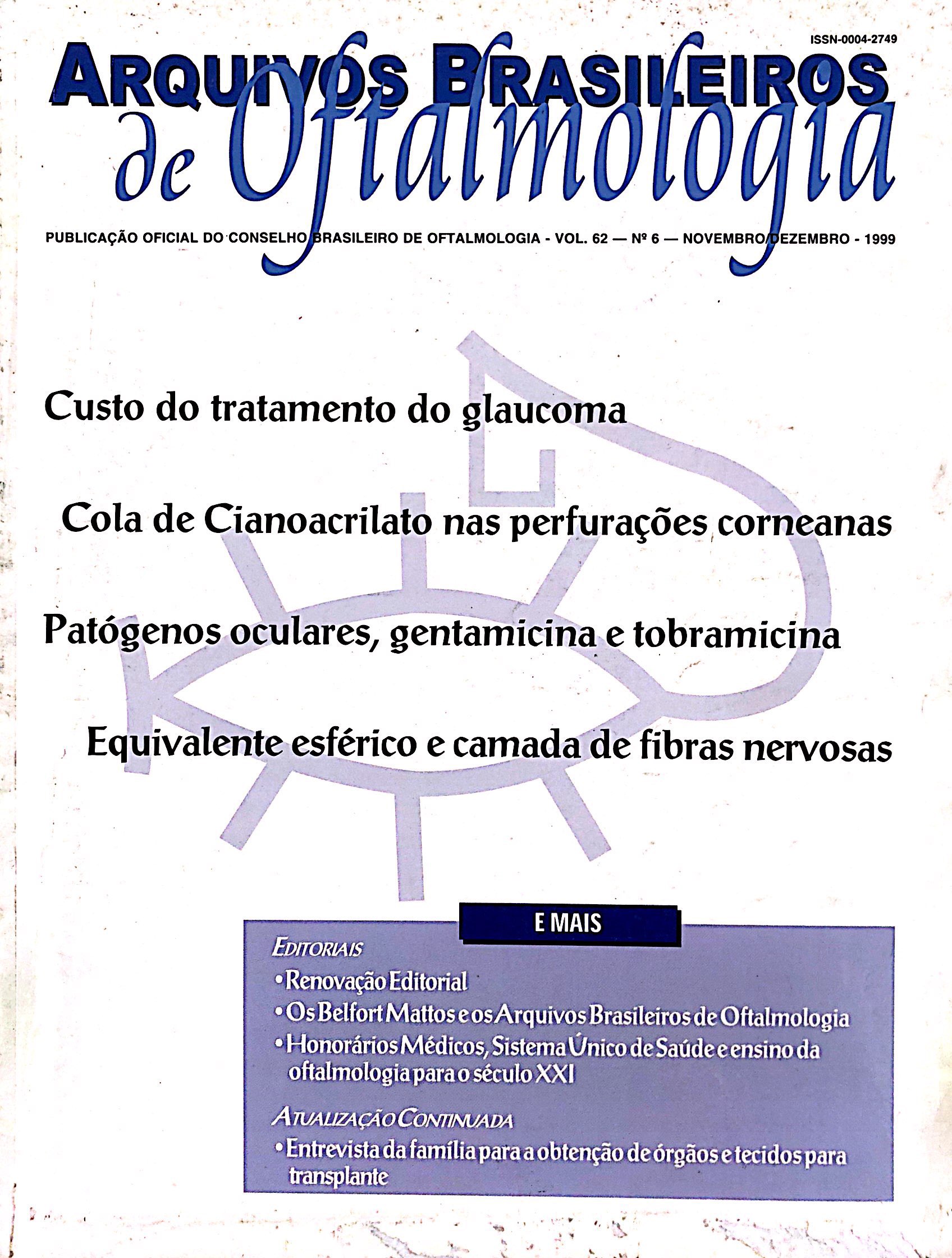Purpose: To show the results of a comparative study between dynamic and normal strategies with Octopus 1-2-3. Methods: Automatic perimetry using the Octopus 1-2-3 with dynamic and normal strategies was performed on 24 glaucomatous patients (eight males and 16 females) within an average interval of six months between the two exams. All patients had previously submitted to at least one automatic perimetry with the Octopus 1-2-3. The data compared, for both eyes, were: the patient's age, number of questions, mean sensitivity (MS), mean defect (MD), loss variance (LV), short-term fluctuation (SF) and the reliability factor (RF). In the statistical analyses through the paired t test, only the visual fields with RF less than 10 were included. The level of significance was equal to 5% (p < 0.05). Results: There was no statistically significant difference between the two strategies in relation to age, LV, SF and RF. However, there was statistically significant differences in the duration of the test, number of questions, MS and MD. The dynamic strategy showed a higher diffuse sensitivity and a lower mean defect than the normal strategy. Conclusions: Our results show that the threshold values measured by the dynamic strategy were in close agreement with the values obtained using the normal strategy in patients who have, or are suspected of having, glaucoma and whose visual fields are normal or borderline. They also confirm the claimed reduction in testing time. These results also suggest that, when comparing a visual field exam performed with the dynamic strategy to one performed with a normal strategy, it is necessary to be cautious in regard to MS and MD values.
Keywords: Automated perimetry; Glaucoma; Octopus 1-2-3
